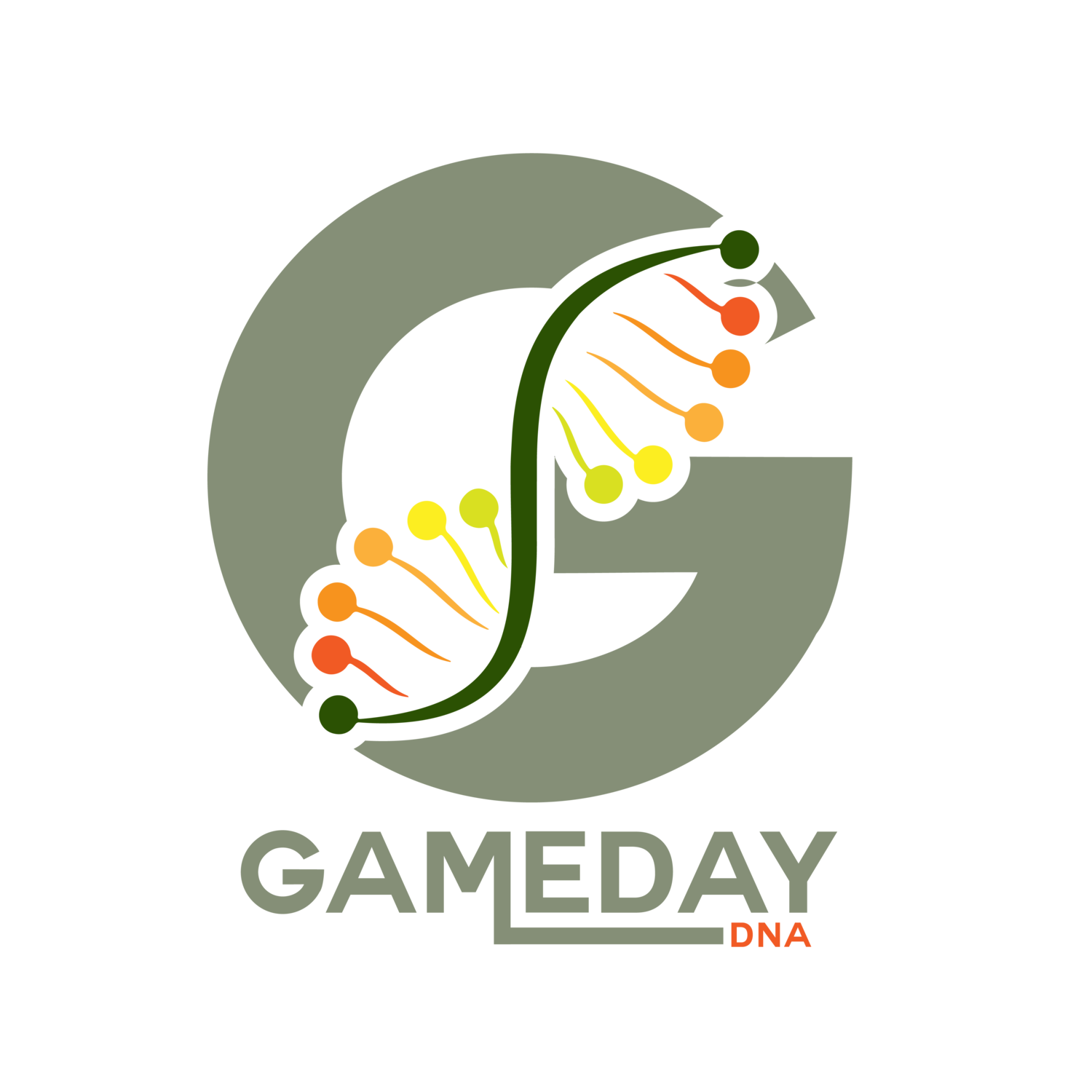Including the Mother in DNA Paternity Testing
The Role of Maternal DNA in Paternity Testing
DNA paternity testing is a powerful tool for confirming biological relationships. While it’s often assumed that only the father and child’s DNA are needed, including the mother’s DNA can significantly enhance the accuracy and reliability of results. In this blog, we’ll explore why maternal participation matters and how it strengthens outcomes in paternity, sibling, or grandparent DNA tests.
The Importance of Maternal Inclusion
Including the mother’s DNA provides a critical reference point during genetic analysis. By comparing the child’s DNA to both parents, laboratories can eliminate half of the child’s genetic markers, reducing ambiguity and improving match accuracy.
Key Benefits of Maternal Inclusion:
Enhanced Accuracy: Maternal DNA helps confirm which genetic markers come from the father.
Stronger Results for Complex Cases: In cases with weaker matches or inconclusive results, maternal inclusion strengthens findings.
Applicable Across Test Types: Whether for paternity, sibling, or grandparent testing, maternal participation improves reliability.
How Maternal Inclusion Works
During a paternity test, genetic markers from the alleged father are compared to those of the child. Adding the mother’s DNA allows labs to exclude her contribution, leaving only the markers inherited from the father. This process increases confidence in determining biological relationships.
Example: A Case Study
In a scenario where initial results show weaker matches between an alleged father and child, including the mother’s DNA resolves ambiguities by clarifying shared markers. This ensures conclusive outcomes even in challenging cases.
When Maternal Participation is Optional
While maternal inclusion is highly recommended for accuracy, it is not always mandatory. For example:
If strong matches already exist between the alleged father and child, conclusive results can be achieved without maternal DNA.
Legal requirements may vary depending on jurisdiction or test type.
What Happens if the Mother Declines?
If the mother chooses not to participate, labs can still provide accurate results using advanced testing methods. However, including her DNA often streamlines the process and minimizes potential complications.
Maternal Inclusion in Other Tests
Maternal participation isn’t limited to paternity testing—it plays a vital role in other types of relationship tests as well:
1. Sibling DNA Testing
Including maternal DNA strengthens sibling relationship tests by clarifying shared genetic markers between siblings.
2. Grandparent Testing
In grandparentage tests, maternal inclusion helps distinguish which genetic traits come from the alleged father’s side of the family.
Frequently Asked Questions About Maternal Inclusion
1. Is maternal participation essential for conclusive results?
No, but it enhances accuracy and reliability, especially in cases with weak or inconclusive matches.
2. What if the mother declines to participate?
Conclusive results can still be obtained without her DNA using advanced testing techniques.
3. How does maternal inclusion impact paternity test results?
Including maternal DNA eliminates weaker matches between the alleged father and child, leading to more robust outcomes.
Conclusion: Why Maternal Inclusion Matters
Including the mother’s DNA in paternity testing isn’t just about improving accuracy—it’s about ensuring confidence in your results. Whether you’re seeking answers for legal purposes or personal clarity, maternal participation strengthens outcomes across all types of relationship tests.
Ready to get started? Contact us today to learn more about our legal and at-home testing options!
Follow us on Instagram and Twitter! If you have questions about paternity tests or other DNA testing services, please contact our Client Support Center at 302-529-1789, Mon-Sunday from 8:00 AM to 9:00 PM Eastern Time. Our friendly, expert representatives are ready and happy to help. Get answers anytime by visiting our Help Center.


